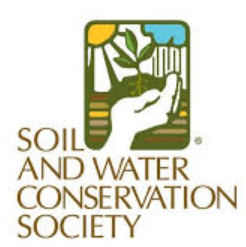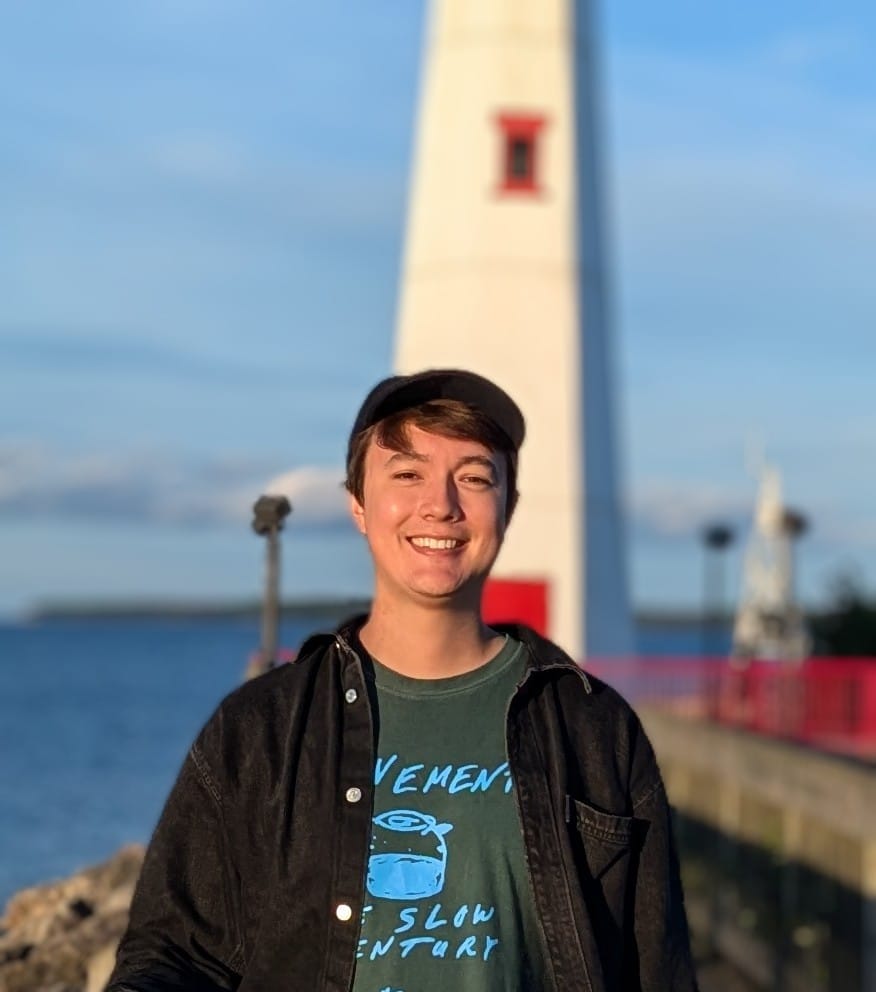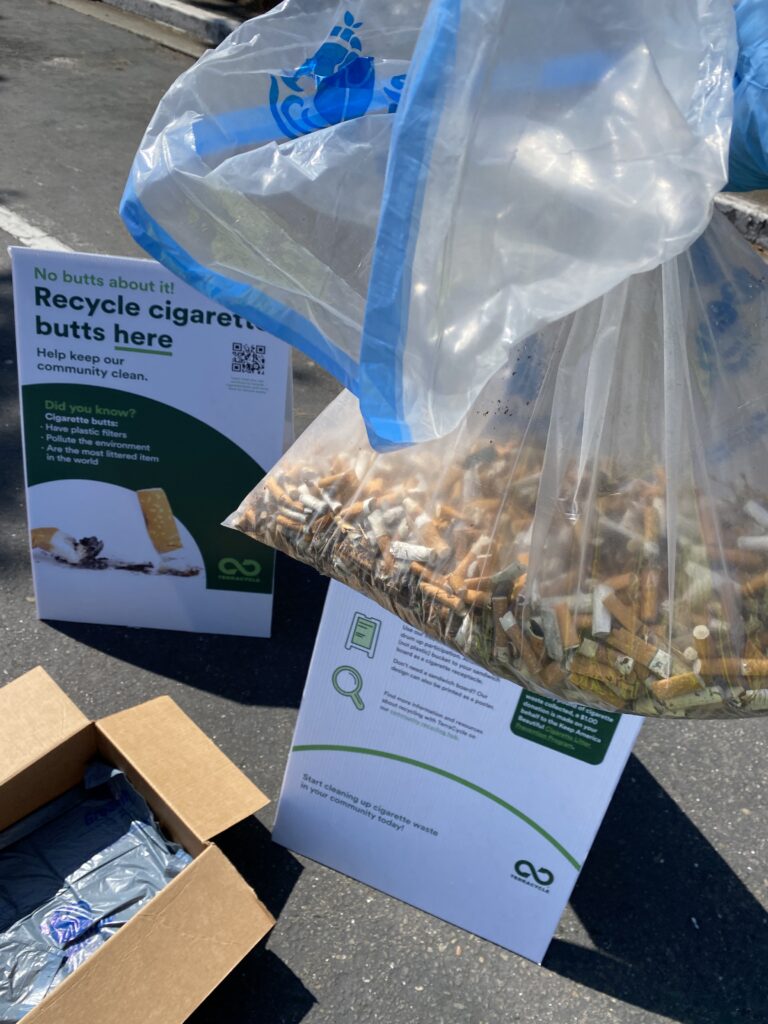Beyond the Beltway: Navigating the State and Local Government Job Hunt
On June 10th, ESAL hosted a virtual event titled “Beyond the Beltway: Navigating the state/local government job hunt.” The event featured four expert career advisors who shared guidance on finding jobs within the world of public service. Panelists included:
- Katy Hogan, director of the Partnership for Public Service, a nonpartisan nonprofit dedicated to strengthening government and democracy
- Dylan Russell, executive director of Lead for North Carolina, a program which helps connect young people to positions in local government
- Allison Binkley, director of career, alumni & employee engagement for the UNC School of Government Master of Public Administration program
- Maggie Orion, statewide recruiting strategist for California’s Department of Human Resources (CalHR)
Federal workers are everywhere
Katy Hogan started off the event by emphasizing that meaningful federal careers exist far beyond Washington, D.C.—nearly 80% of federal employees work outside the capital. She noted that states like California, Georgia, and Michigan alone have tens of thousands of federal workers, dispelling the myth that public service jobs require relocation to D.C.
On looking beyond the federal government
Dylan Russell also emphasized the importance of looking beyond the D.C. area for public service opportunities and highlighted that job seekers can make a real, meaningful impact within rural and local governments while also bringing new energy and enthusiasm to these public institutions.
Allison Binkley agreed, and encouraged attendees to focus on how their skills translate into state and local roles, even if job titles seem unfamiliar. Binkley reminded attendees that persistence is key when navigating the government hiring process, which can be slow-moving.
Maggie Orion highlighted the range of public service opportunities in California’s state government. She emphasized the core reasons many pursue state jobs, which include strong benefits, job security, and the ability to do mission-driven work.
Resources and tips for job hunters
Hogan also discussed resources developed by the Partnership, such as the free “Career Pivot Boot Camp,” an online and asynchronous course that offers career coaching for former or transitioning federal employees.
Orion encouraged attendees to explore openings across California’s 150+ agencies and recommended using CalCareers to search for roles and WorkforCalifornia for application guidance. To navigate the state’s unique job classifications and jargon, she suggested exploring job clusters by industry and using filters by classification to identify relevant opportunities.
The second half of the event featured a Question & Answer session, which went over additional actionable tips for job seekers. Networking was emphasized as a helpful tool, not only for discovering job opportunities but for gaining deeper insights into workplaces. However, one notable point was that, unlike the private sector, the public sector involves more of a merit-based selection process, meaning that one’s network, while still valuable, is not as important as their qualifications. The panel also covered salary bands, mentioning that public sector salaries are publicly available and encouraging job seekers to do their research going into negotiations. Another key tip was related to the importance of keywords in job postings and how job seekers can set email alerts to actively notify themselves of new postings that match their interests more closely.
Overall, the event highlighted several important insights for scientists and engineers interested in state and local government careers. One recurring theme across all the speakers was the value of public service as a meaningful, purpose-driven path.
Check out the ESAL Playbook "build your career in state or local government" for more resources and tips.




